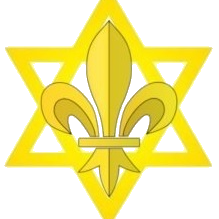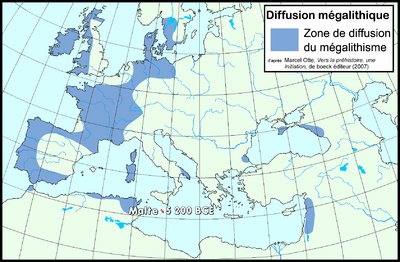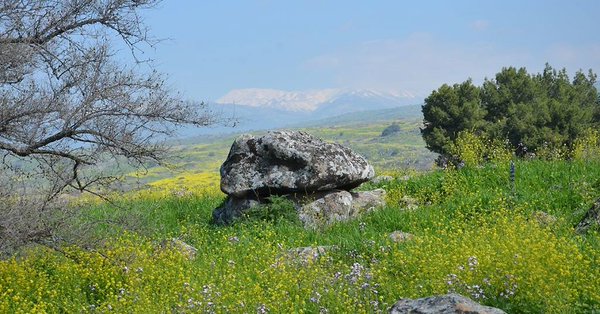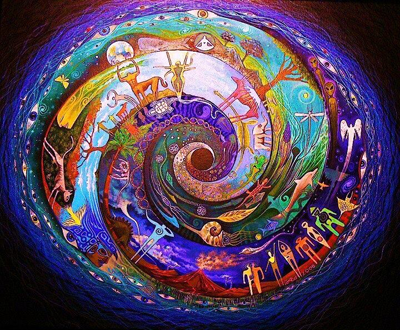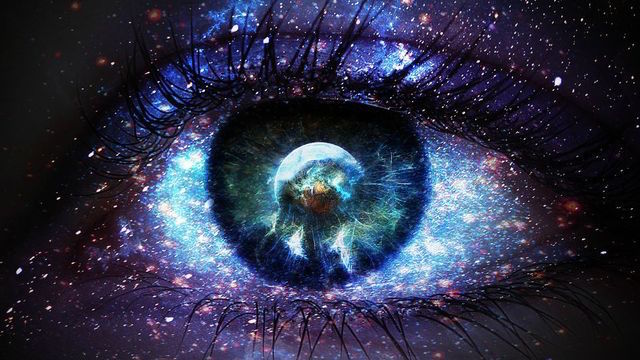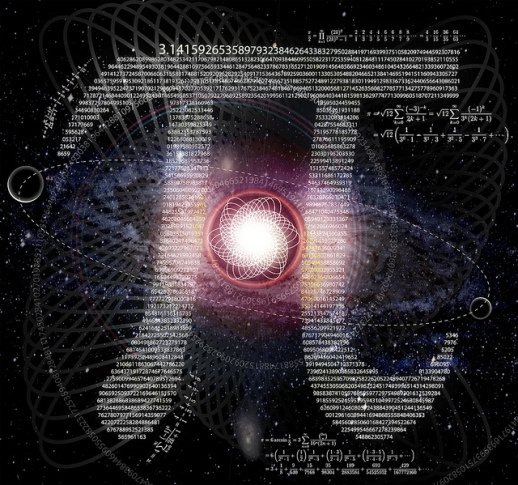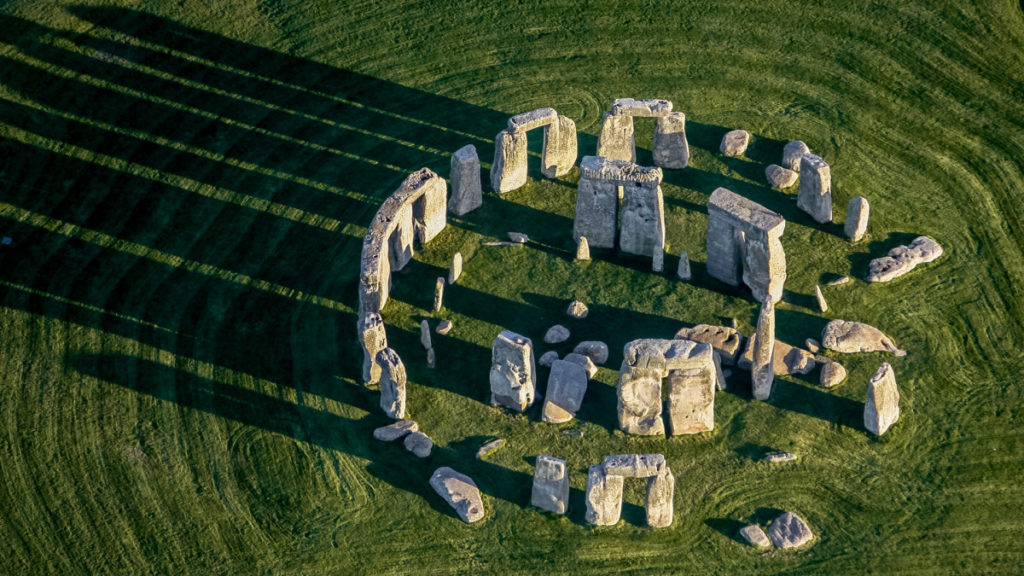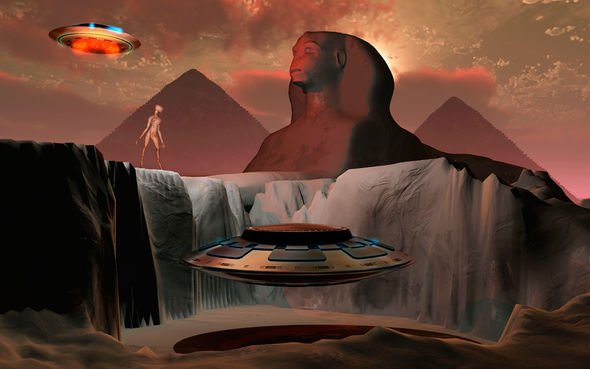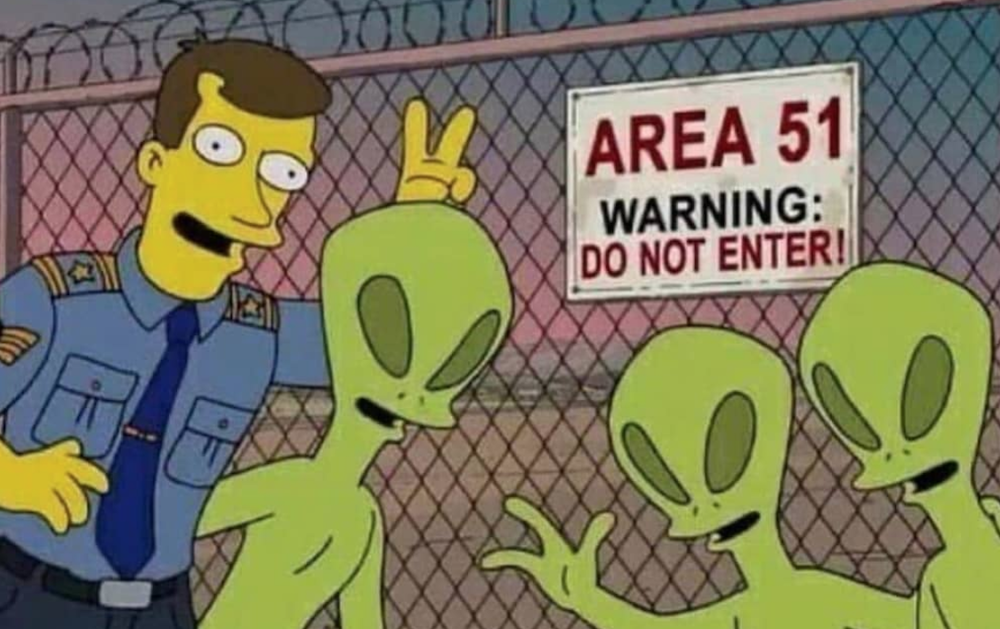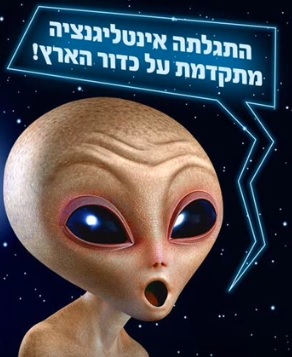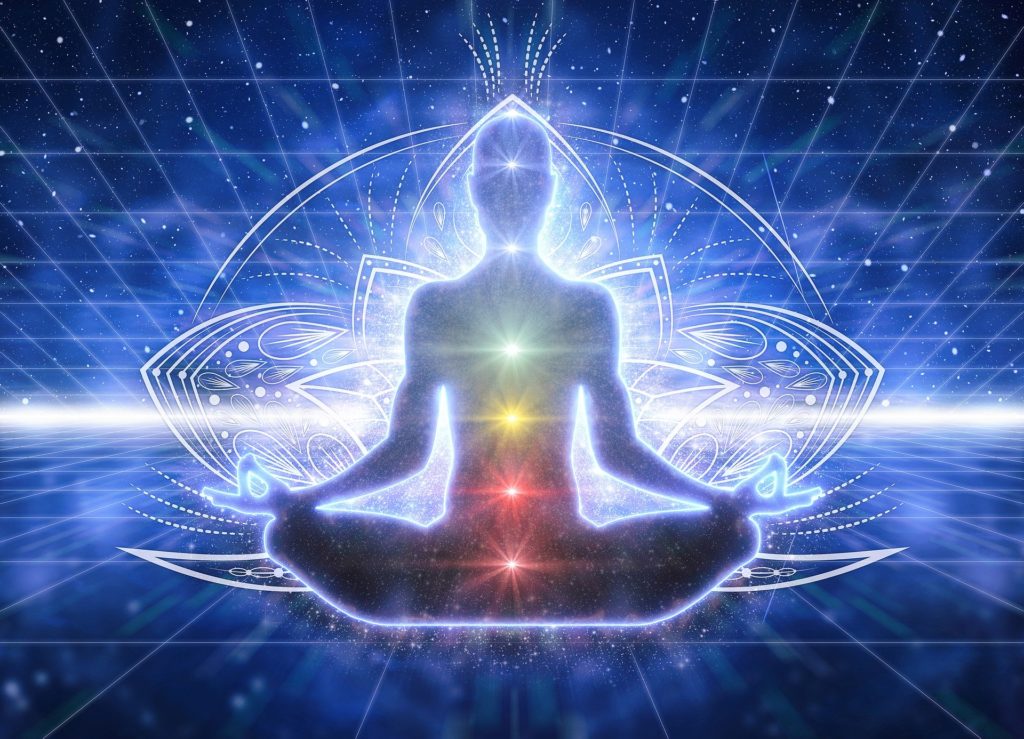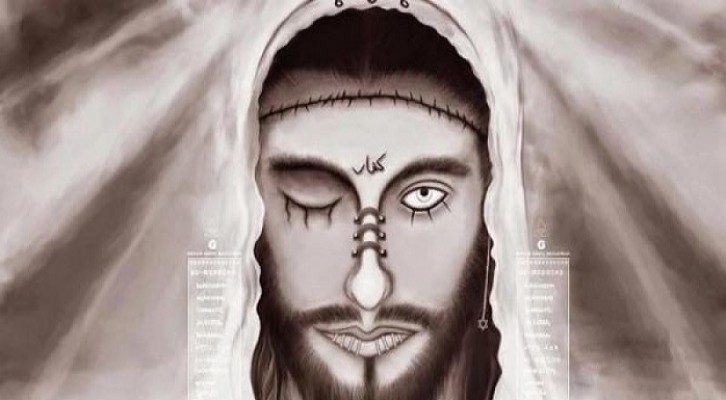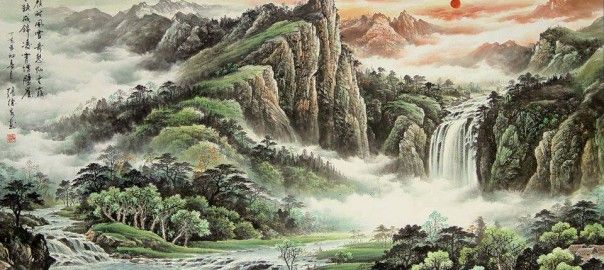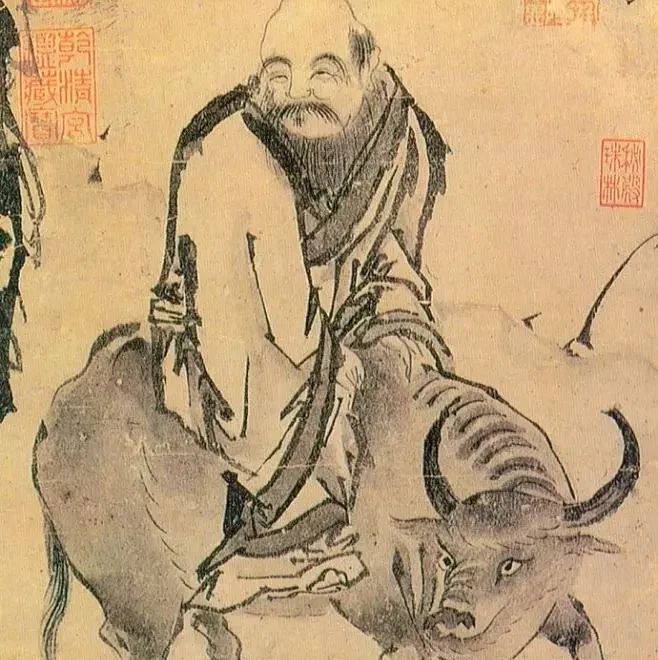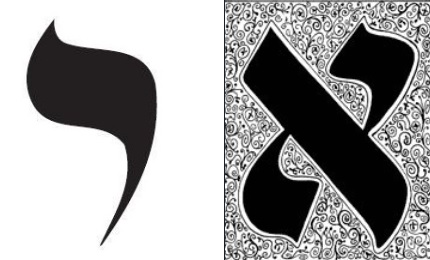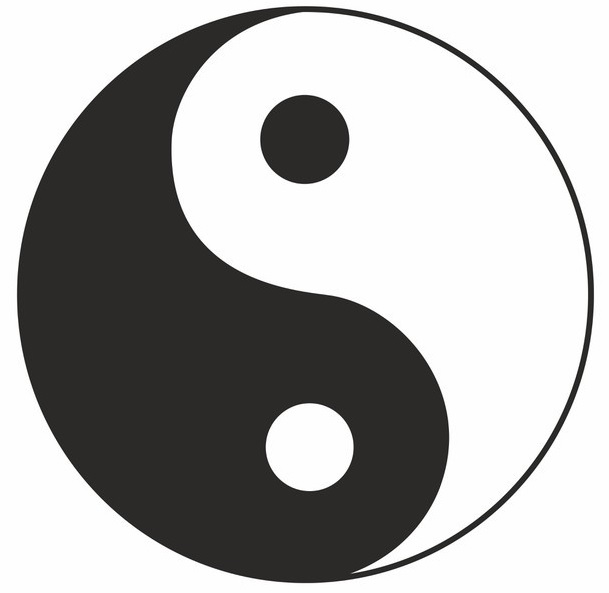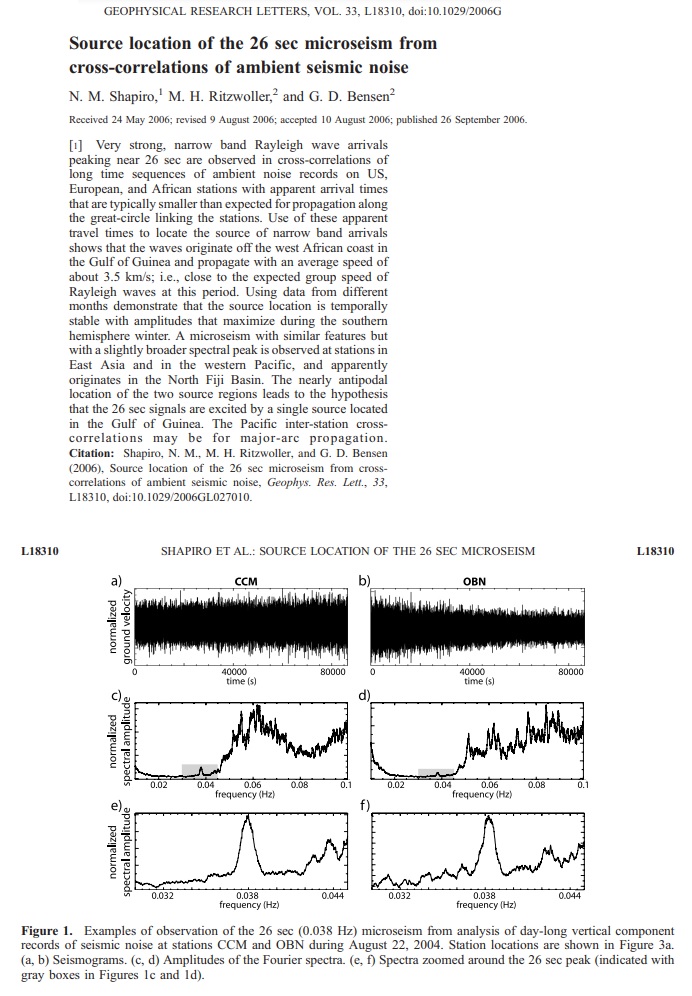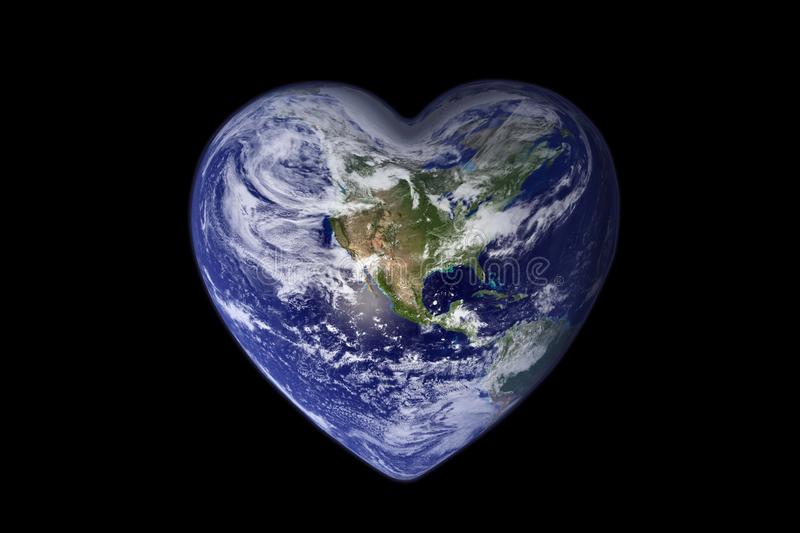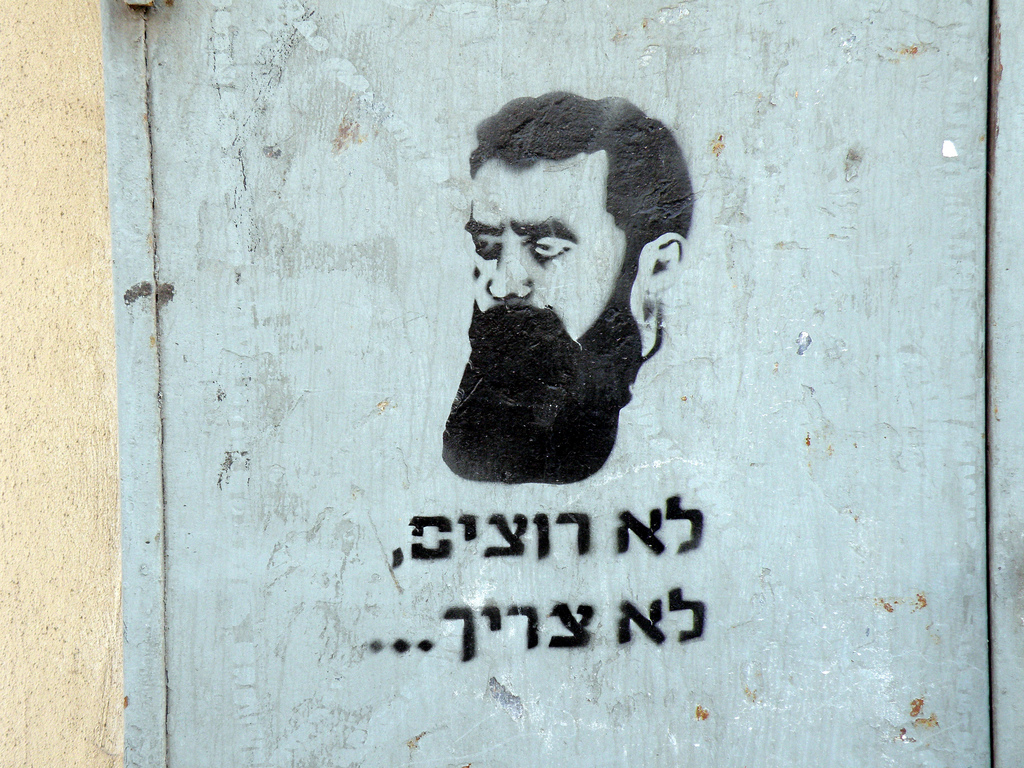The familiar drink Coca-Cola, when viewed through the lens of Kabbalah and gematria, reveals symbolic associations with profound spiritual concepts.
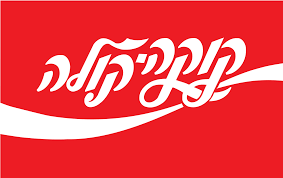
The Hebrew term for “Coca” (קוקה) holds a gematria value of 211, which is also the gematria of “HaDavar” (הדבר), meaning “The Word.” This evokes an association with divine speech, hinting that within “Coca” is an allusion to something communicated or declared.
In Hebrew, “Cola” translates as “Her Voice” (קולה), signifying the voice of the Shechina, the feminine aspect of the Divine Presence. Together, “Coca-Cola” (קוקה קולה) has a combined gematria of 352, the same as “Mashiv” (משיב), meaning “Return.” In Kabbalistic thought, redemption (“Gueula”) occurs when the Word and thd Shechina become unified.
“Coca and Cola” (קוקה וקולה) gematria equals 358, the same as *Mashiach* (משיח), meaning “Messiah.” This number symbolically represents unity and fulfillment, hinting at messianic connections between the Word and the Voice.
The word “Soda” (סודה) can be read “Sod Heh”, which translates to “Secret of the Heh.” In Kabbalah, the letter Heh represents Malchut, or the Shechinah, the Divine feminine presence on Earth.
Additionally, Coca-Cola’s ordinal gematria (gematria siduri) is 70, which equals “Sod” (סוד), meaning “Secret.”
Using a specific gematria transformation known as AvGad (where Aleph becomes Bet, Bet becomes Gimel, etc.), Coca-Cola (קוקה קולה) reaches a value of 666, a number often linked to materiality. However, by adding a Vav (ו, which also means “and” in Hebrew and has a value of 6) between Coca and Cola, the total becomes 358, resonating once again with the messianic number.
The phrase *Shtu Coca-Cola* (שתו קוקה קולה), meaning “Drink Coca-Cola,” has a gematria of 1058, aligning with a verse in the book of Joshua: “The king of Jerusalem, one; the king of Hebron, one” (Joshua 12:10), also with a gematria of 1058. This link draws symbolic parallels between the unifying call of “Drink Coca-Cola” and the unification of kingship or leadership.
#ShTwo #TheReturn
